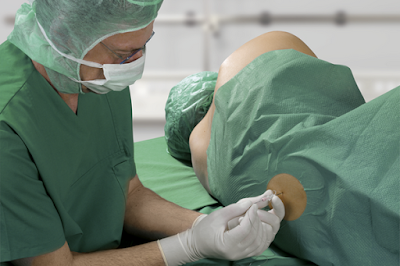One of the most pressing concerns and fears for pregnant women is the
pain of labor, which leads to an increase in the number of cesarean
sections. Pain relief in labor is an important issue in obstetric care, however,
as yet, there is no standard and accepted technique for the relief of
that pain without side effects.
Generally, there are two options for pain relief during labor, these
use either pharmacological or non-pharmacological methods.
Pharmacological methods have adverse side effects for the mother and
fetus, whereas non-pharmacological methods are free from side effects.
Acupressure is a non-invasive method which is used to augment labor, provide pain relief, and shorten delivery time.
It increases the intensity of uterine contractions (based on Montevideo
unit) without affecting the duration and intervals of uterine
contractions and, eventually, reduces the duration of delivery.
A single-blinded, randomized, control trial was carried out over a
seven-month period, between October 2011 and April 2012, at Dr. Shariati
University Hospital in Bandar Abbas, Iran. The trial was approved by
the Ethics Committee of Hormozgan University of Medical Sciences (HUMS),
Iran.
Our study suggests that L14 acupressure is a suitable
non-pharmacological technique that is easy to perform and effective in
elevating pain, without causing adverse side effects for the mother or
baby. It can be used to reduce pain during the active phase of labor
rather than using pharmacological methods. According to the World Health
Organization’s policies to reduce the rate of cesarean deliveries and
promotion of safe childbirth, it is necessary to make childbearing
pleasant and reduce maternal fear of natural childbirth using safe
methods to reduce labor pain and increase the rate of vaginal delivery.
In order to make this possible, midwives need training in using
non-pharmacological techniques and the attitudes and policies of the
hospitals need to be altered. Due to the simplicity and safety of the
acupressure technique, additional research using a larger sample size
and in combination with other techniques to apply pressure on different
points of body is suggested.
More...
Source:









